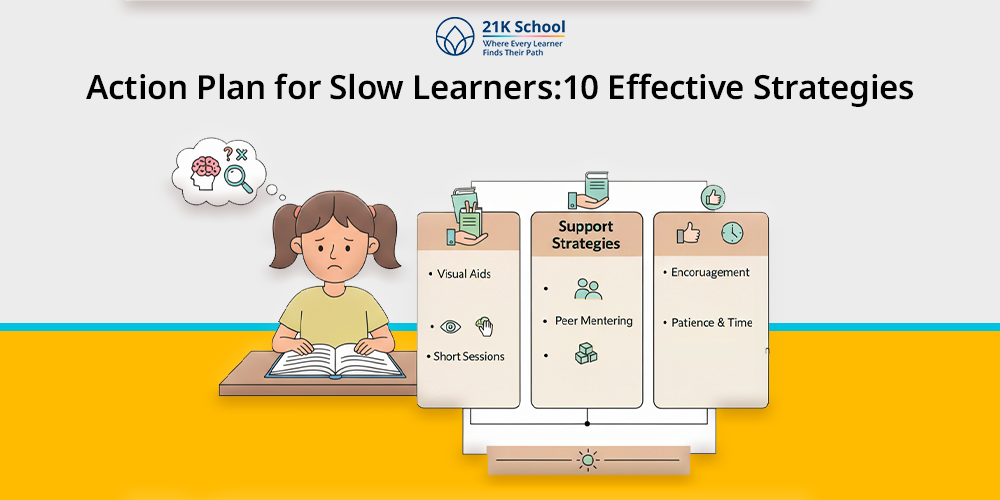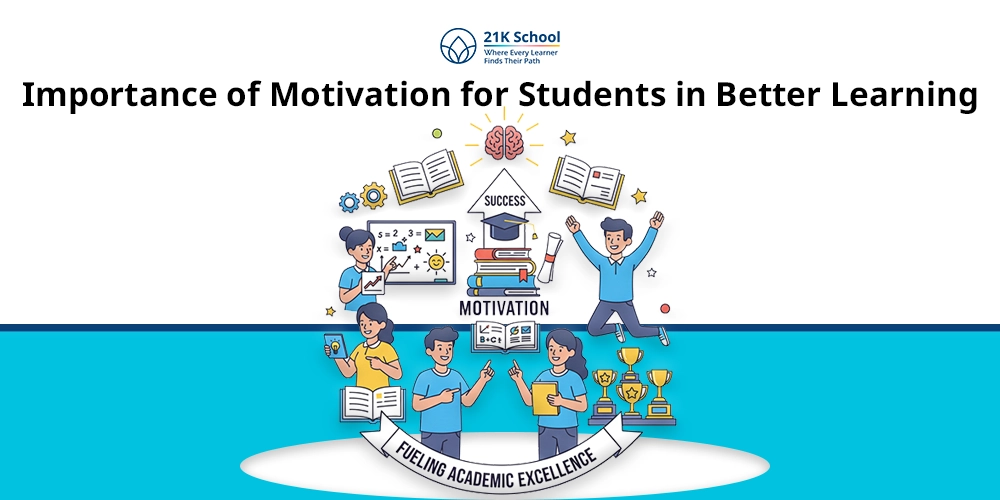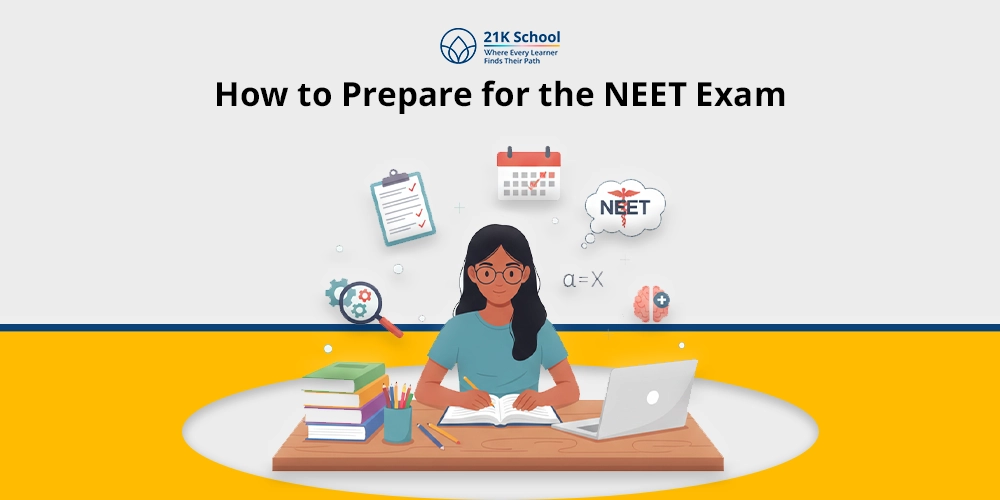
You might have noticed that there are some students who lag in academics when you go to a class. Who are these kids? Are they really just notorious who refrain themselves from studies?
These students might be some of our slow learners having their unique learning pace and not being actually able to catch up with the quick teaching strategies.
Teachers shouldn’t be upset with these children but offer extra patience and a different action plan towards their learning, so that slow learners can come up with flying colours.
This article will take you through the multiple ideas with which you can develop your facilitating techniques and assist these slow learners waiting for your understanding and support.
Table of Contents
- Who are Slow Learners?
- Why Some Students Learn Slowly?
- Action Plan: Direct Assistance for Slow Learners
- 1. Identify their learning needs
- 2. Create a Positive learning environment in Class
- 3. Learning in Chunks
- 4. Teaching through Multiple Senses
- 5. Overtime and Practice
- 6. Use Technology and Apps Diligently
- 7. Build Growth Mindset
- 8. Build Consistency in Habits
- 9. Encourage Group Learning and Teamwork
- 10. Parents Should be Well-informed
- 11. Scaffolding Strategy for Better Learning
- 12. Feedback & Emotional Well-Being for Slow Learners
- 13. Creating an Adaptive Learning Space
- Final Comments
Who are Slow Learners?
Slow learners are the students who have comparatively less speed in understanding concepts compared to the fellow students. Their rate of growth feels slower than other students of their age making them feel less confident.
Before moving ahead, also know about how to build confidence in children.
These children just need extra care and patience while they give their best to learning. Traditional schooling methods won’t do much if you really want to help these kids showcase their real potential and win in life.
The slow learners somehow struggle in the main classrooms and are too high-functioning for being special needs students.
Another important aspect here is that the slow learners come under the diagnostic gray area, meaning that they’re not formally recognized under disorder in DSM-5. This makes them more far away from the possible support and services.
Here are some other categorisations that will assist you into noticing these slow learners:
- They often don’t grasp as fast as other kids due to limited cognition and repeated teaching of the same concepts.
- They might be the students who seem to work hard in the class but don’t get that much good marks in the class tests and so.
- Higher-order thinking tasks might feel unattainable to them.
- They can be identified as children who don’t speak or write or read the same as other children of their age and start to do all these activities at later periods.
- They struggle with concentration and get easily distracted.
- They even lack confidence due to their multiple trials towards learning things and still failing.
- They are often also found to make friends from a younger age as they feel more compatible with them for their maturity levels.
Why Some Students Learn Slowly?
Some students actually lack the abilities and skills required to feel equally able to grab lessons as their mates. They are often found to face inefficiencies with lesser attention time, less confidence in retention, and tackling bigger tasks.
Here are the why of some slow learners learning slowly:
- Cognitive Limitations: The brain development of slow learners is not optimal as compared to other kids their age.
- Behavioral Factors: Some learners might not be really interested in what is being taught in classes, having different fields of interests and learning potential.
- Environmental Factors: If children grow in a non-conducive environment, they feel restricted emotionally and behaviourally that affects their growth intellectually a s well.
- Learning Disabilities: Added to the above factors, which are general, having difficulty in learning due to brain composition or any disabilities like visual or audio can also make a child slow learner.
By evaluating students from outside by observing such symptoms or reasonable actors of them being slow in learning, you as a teacher can do wonders.
You can start by providing them a safe environment, patience, understanding and much needed teaching techniques required by them.
Action Plan: Direct Assistance for Slow Learners
Now, you know how to identify slow learners and also the reasons for why they behave and remain unattentive in your classes.
Go through the following action plan for slow learners that might help them and make some achievements for themselves out of your teaching methods:
1. Identify their learning needs
As we have seen earlier that each learner has their own uniquely attained pace of learning, we can’t change that. What we need to do here is understand the needs of these learners first.
We can begin with assessing the subjects they study and their respective scored marks in them, so that we get the idea which kind of assistance they might need. Parents and teachers from previous classes can give you the feedback reports of these children.
Remember the unique learning abilities of such learners and refrain yourself from being judgemental.
2. Create a Positive learning environment in Class
The creation of a positive learning environment helps slow learners shine in the class while staying comfortable and disciplined.
The elimination of the unnecessary pressure and welcoming attitude towards the problems of slow learners make them heard in the class.
Hence, teachers can value the presence of slow learners and can even motivate them by asking questions to harness the positivity of the teacher-student relationship.
3. Learning in Chunks
Slow learners often find it hard when asked to do multistep tasks and they feel overwhelmed due to this. When they are offered with the same in each step being defined clearly to them, they do far better without feeling cluttered.
It is suggested that you be direct and clear to learners because such learners don’t understand complicated concepts or instructions.
4. Teaching through Multiple Senses
Teaching practices from multiple sensory approaches can be hugely beneficial for slow learners culturing student engagement and fun into learning.
You can carefully implement techniques that involve visual, auditory and kinesthetic aids to your teaching.
For example, you can utilize flashcards, music, storytelling for learning, physical activities, with which slow learners can grow interest in learning and increase their attention span and confidence.
5. Overtime and Practice
With this I’m reminded of something you might also have heard saying with practice, anybody can be perfect, so can slow learners.
You just have to encourage them to practice and practice and stay motivated if the best results don’t appear for now.
Try to give them extra time for completing their assignments or tests and stay patient with them along the journey.
6. Use Technology and Apps Diligently
Technology in education can become our best of friends if we use them smartly in our favour. Our smartphones really have almost all features that can help slow learners into becoming competent to others.
As teachers or parents, you can ask your children to play wordles, solve puzzles, etc. on their tablets or phones. Learners with other learning disabilities can be helped with different speech-text apps, etc.
7. Build Growth Mindset
The constant criticism and scolding from everyone makes students underconfident and pushes them to avoid opportunities. Teachers can instill a growth mindset into their students who would love to hear things like “you are enough” or “ you can do it”.
Give them small manageable tasks at first and appreciate their small accomplishments as they manage to complete them.
You can also tell them every effort of theirs counts and make them feel cared for when they make mistakes.
8. Build Consistency in Habits
Slow learners might deflect from their learnings when not having a structured daily routine for themselves.
We can paste a study timetable and a plan for their developing their daily habits, which gives them a view of not feeling lost and demotivated.
9. Encourage Group Learning and Teamwork
Peer-to-peer education can give slow learners the freedom to ask questions and practice freely without having the fear of scolding.
Slow learners can be put in such peer groups who understand the meaning of teamwork and support their mates more than focusing on just completing their assignments or projects.
10. Parents Should be Well-informed
Just the teaching provided in schools and classrooms are insufficient if they face challenges emotionally or physically in their homes.
Parents must be involved in the growth of slow learners so that they stay confident of their kids’ developmental progress into learning.
It can also be helpful if we as teachers talk to parents and tell them how to support their kids at home so they learn better. Such parents often need emotional support as they feel hopeless about their child, which is not good for their children.
As teachers, you should be empathetic and conversational in a way that you stay out of technicalities while still giving them relevant information about their child’s performance.
11. Scaffolding Strategy for Better Learning
Scaffolding can be introduced into the remedial teaching plan of slow learners as they need a bit of assistance from teachers for modelling small manageable tasks.
Suppose you have to teach them addition, you can first show them by adding the numbers on your fingers, and then ask them to do the same and find answers.
As soon as slow learners begin to gain confidence the assistance is gradually withdrawn from teachers.
12. Feedback & Emotional Well-Being for Slow Learners
We know that every child who is learning needs emotional support, but slow learners need it a bit more.
When they are given constant feedback and reassurance they find themselves in a better position to try harder and succeed eventually.
Parents and teachers need to have quick emotional check-ins with these learners because the action plan works better when children are emotionally stable and feel safe.
13. Creating an Adaptive Learning Space
Slow learners can be benefitted from the creation of an adaptive learning space, offering a highly personalized learning experience.
The use of the adaptive learning solutions can help the slow learners to gain academic excellence on their individual learning paths.
Final Comments
No matter where we go, we can always come across some learners who are a bit slow at catching up with things.
But instead of shaming them out we can actually provide assistance and care to them with awareness and a responsible action plan.
For teachers, you get a great opportunity when faced with such learners which can boost your teaching methods on a higher level.
Parents should also be involved in the process that would give these slow learners ability and space to express themselves.


